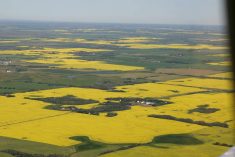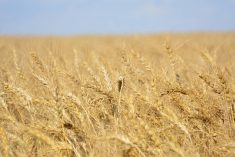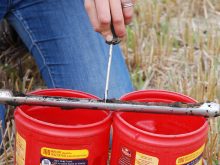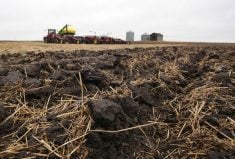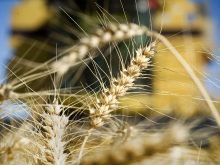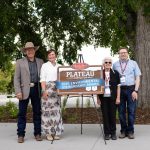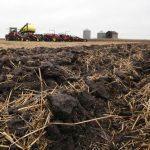The Saskatchewan government will soon roll out an assistance package
for hog producers, says agriculture minister Clay Serby.
It will likely be modelled after the short-term hog loan program
announced in December 1998, which followed a price crash that fall.
“The industry is of the view that this is an effective program,” Serby
said in an interview Oct. 7.
Hog producers have been asking the government to reintroduce the
program since prices again took a tumble in August, he said.
Read Also
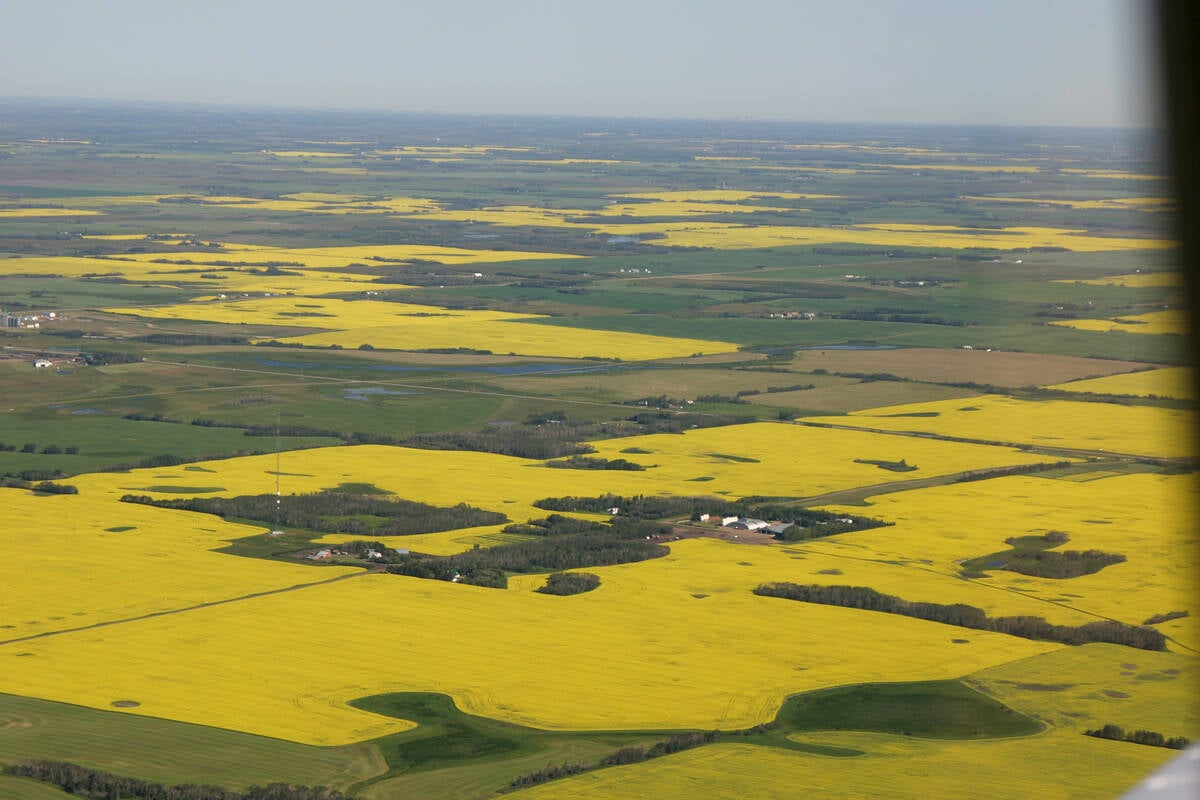
Increasing farmland prices blamed on investors
a major tax and financial services firm says investors are driving up the value of farmland, preventing young farmers from entering the business. Robert Andjelic said that is bullshit.
Producers are struggling with increasing costs of production due to
rising feed prices after this year’s drought.
Serby said government and department officials have been working on a
package for about a month. He said an announcement would be made
“fairly quickly.”
The 1998 program offered loans, through financial institutions, of up
to $40 per market hog and $10 per weanling. It distributed $11.4
million to 221 producers, based on 417,000 hogs and 36,000 weanlings.
It included all hog farmers.
The National Farmers Union last week sent a letter to Serby, saying
that aid to large corporate hog barns could come from another source.
“For Big Sky and similar mega-barn producers, we suggest that you
encourage them to approach their packer-partners and ask those
corporations to provide assistance from the increased profits that
packers can expect to earn,” the letter said.
The NFU said falling prices don’t affect the vertically integrated
corporate producer as much as they affect family farms, because price
decreases are offset by increases in packing plant margins.
The letter cited NFU research that showed packers had record profits
during the 1998 downturn.
The organization also wants Serby to reinstate single desk selling for
hogs to help stabilize the sector. The system was abolished in April
1998.
Meanwhile, the loans offered in the 1998-99 program are due March 31,
2003. As of March 31, 2002, there were 122 outstanding accounts worth
$1.4 million.





